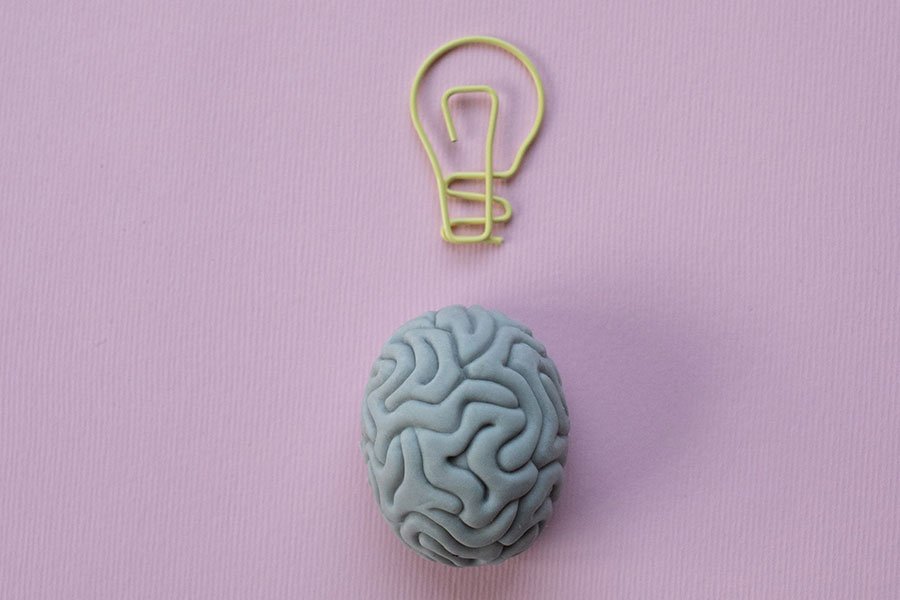
Did you comprehend that your brain has a complex network of neurons deep inside? Our ideas, emotions, and actions are controlled by a sophisticated network created by the interconnection of hundreds of neurons.
These neurons play a crucial role in determining how someone behaves. They operate as the interior designers of our personalities, affecting the thoughts, emotions, and behaviors we exhibit in our daily lives.
Stay with us as we explain this intricate system’s inner workings and how changes impact human behavior.
The Neural Coding
The concept that explores how our brains represent and process information is called “human neural coding.” It has always piqued the interest of researchers as they try to understand its complicated intricacy. Let’s get a better understanding of this concept:
- Neurons as Messengers: Neurons, the messenger cells in our cerebrums, are at the center of brain coding. Data is sent by these little cells, which cooperate by means of electrical impulses and neurotransmitters.
- Diverse Coding Processes: Rate coding and worldly coding are just two of the many processes utilized in brain coding. While fleeting coding considers the specific time of spikes, rate coding relies on how frequently neurons fire.
- Sensory Perception: Neural coding is essential for understanding the outside environment in sensory systems. It gives humans the ability to perceive color, hear sound, and feel texture.
- Higher Cognitive Functions: Past the senses, modern mental cycles like memory, learning, and decision-making rely vigorously upon brain coding.
This is only a basic introduction to the intricate idea of human cerebral coding. Years and years of training and research are required to have an in-depth understanding of this system.
The Effect of Neural Coding on Our Responses to Stress
The phenomenal process of brain coding in our minds is pivotal for how we process and respond to stress. The effect is broken down as follows:
- Perception and Evaluation: The brain’s ability to detect and evaluate ecological stimuli is provided by brain coding. It assesses the importance of a situation to choose if a stress response is suitable.
- Emotional Regulation: In a stressful situation, our cerebrum controls our emotions through neural coding. It decreases the strength of negative feelings like fear and stress, permitting us to try to avoid panicking and respond depending on the situation.
- Memory Formation: Under pressure, brain coding influences memory advancement. It picks which data is held, impacting the way we will respond to similar situations in the future.
- Fight or Flight Response: The body’s “survival” reaction, which delivers stress chemicals like cortisol and adrenaline, is set off by this coding framework.
- Adaptation and resilience: Persistent pressure can cause neural coding to change over the long run, which could bring about resilience, then again, troublesome responses.
Brain coding controls our stress responses, which has an impact on both our mental and physical health. Understanding this mechanism is crucial for managing stress behavior effectively.
The Connection Between Trauma and the Neural System
Trauma, whether it be mental or physical, essentially affects the sensory system. It sets off a chain of events in the mind that might affect an individual’s psychological and emotional wellbeing.
- Trauma and Neural Plasticity: The brain’s ability for change and transformation, or brain versatility, is a key variable. Trauma can influence the mind’s connections and capabilities by disturbing this fragile balance.
- Emotional Regulation and Trauma: Trauma often interferes with profound regulation, making it challenging for individuals to effectively deal with stress or direct their feelings.
- Fight or Flight reaction: After trauma, the fight or flight response in the sensory system can become oversensitive, expanding uneasiness and alertness.
Fortunately, knowing how trauma affects the brain system influences therapeutic approaches that promote resilience and healing, helping people reclaim control over their lives.
How Can We Take Responsibility for Our Healing?
It is said, “Trauma explains behavior, it does not excuse it.” Understanding how our current condition is shaped by our past experiences is thus the first step in taking control of our healing process. It’s like looking into the mirror of our past and seeing that unsolved problems from the past could still have an impact on how we feel, think, and behave now.
- Embracing Self-Awareness: To effectively take part in our healing, we really need to become friends with self-awareness. This implies checking out ourselves and seeing when trauma from the past reemerges in our activities and responses. By doing this, we furnish ourselves with the solidarity to address these lingering damages.
- Reaching Out for Support: We don’t need to face the healing process alone. There’s an entire network of help accessible, whether from close friends, family, or experts. Their direction and emotional backing can be a consistent hand assisting us with exploring the way towards healing.
- Healthy Coping Strategies: Another fundamental aspect is embracing healthy coping techniques. These are the tools in our emotional tool kit, which could incorporate practices like therapy, journaling, or even daily physical activities. They are the means by which we manage and recuperate from past trauma in a constructive manner.
Taking responsibility for our healing is about honoring our past, nurturing self-awareness, seeking the embrace of supportive allies, and embracing constructive practices. It’s a unique journey toward self-discovery and emotional well-being that we each embark upon in our own way.
Wrapping It Up!
As a result, this complex interaction between neurons and neurological connections not only determines who we are but also affects how we view and engage with the outside world. A great possibility for human development and healing exists in comprehending this perplexing symphony, opening the door to a more hopeful and compassionate future.

